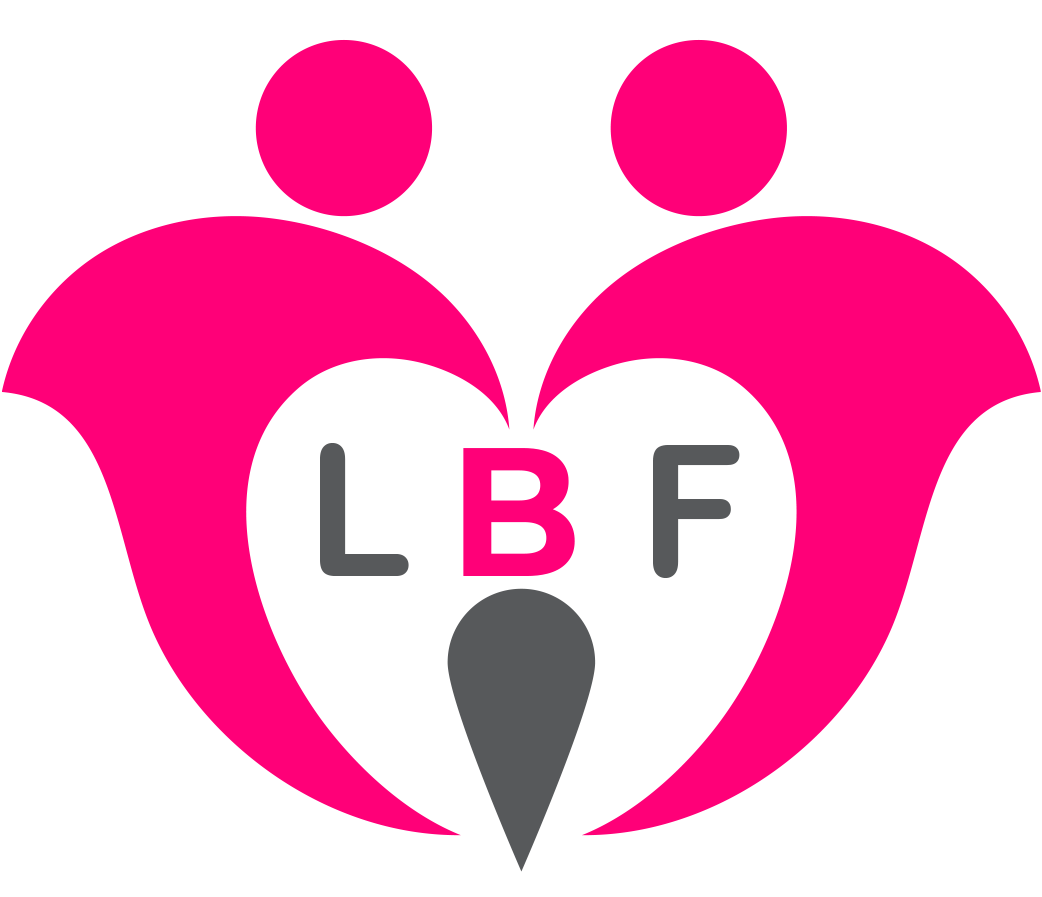The Importance of Proper Latching
Proper latching is a pivotal aspect of successful breastfeeding, ensuring both the mother’s and baby’s comfort and well-being. A good latch facilitates effective milk transfer, which is crucial for your baby’s nutrition and growth. Moreover, it helps prevent common issues such as sore or injured nipples, which can deter new mothers from continuing breastfeeding.
Fundamentally, a proper latch involves the baby’s mouth covering most of the areola, rather than just the nipple. This positioning allows for an efficient suckling mechanism, maximizing milk flow while minimizing discomfort for the mother. Key indicators of a good latch include the baby’s lips flanged outwards like a fish, and the presence of audible swallowing sounds, signaling effective milk intake.
To recognize a good latch, observe that the baby’s chin touches your breast and their nose remains free for easy breathing. Their cheeks should appear full and rounded, not sucked inward. If you experience pain beyond the initial seconds of latch-on, it’s a cue to unlatch and try positioning again. Ensuring a comfortable breastfeeding position for both you and your baby can significantly enhance the breastfeeding experience.
Achieving the correct latch often requires practice and patience. Some techniques to help include bringing your baby towards you (rather than leaning into your baby), supporting your breast with your hand, and tickling your baby’s upper lip with your nipple to encourage a wide-open mouth. Consistent practice of these techniques will facilitate the development of a natural and effective latch over time.
Common latching issues, such as shallow latching, can occur, leading to nipple pain or inadequate milk transfer. Solutions include breaking the suction gently with your finger and reattempting the latch, aiming for that wide-open mouth. Additionally, consulting a lactation expert can provide personalized guidance and support, ensuring that both you and your baby achieve a successful breastfeeding journey.
Different Breastfeeding Positions for Comfort
Breastfeeding can be a comfortable and rewarding experience for both mother and baby when the right positions are used. Several breastfeeding positions exist to accommodate various needs and preferences, ensuring comfort and promoting effective latching. One of the most common is the cradle hold, where the baby is supported by the mother’s arm on the same side as the breast being fed from. This position offers ease and intimacy but may not be ideal for mothers recovering from C-sections.
The cross-cradle hold offers more control, especially for newborns learning to latch. Here, the mother uses the arm opposite the breast to support the baby’s head and the other arm to support the baby’s body. This can enhance latching and is particularly suitable for premature babies or those having trouble feeding.
The football or clutch hold positions the baby under the mother’s arm, similar to holding a football. This is a preferred choice for mothers who have had a C-section or have larger breasts, providing support and minimizing pressure on the abdomen.
The side-lying position is ideal for nighttime feedings or for mothers recovering from surgery. Both mother and baby lie on their sides facing each other, making this an excellent choice for relaxation and convenience, minimizing strain on the mother’s back and abdomen.
Laid-back breastfeeding, or biological nurturing, involves the mother reclining comfortably while the baby lies on her chest. This position uses gravity to help the baby latch naturally and is suited for mothers wanting a more instinctive approach to breastfeeding.
Additionally, ergonomic factors like support pillows can greatly enhance comfort by providing the necessary support to maintain these positions. Alternating these breastfeeding positions can help prevent soreness and facilitate complete breast drainage, reducing the risk of clogged ducts and other complications.
